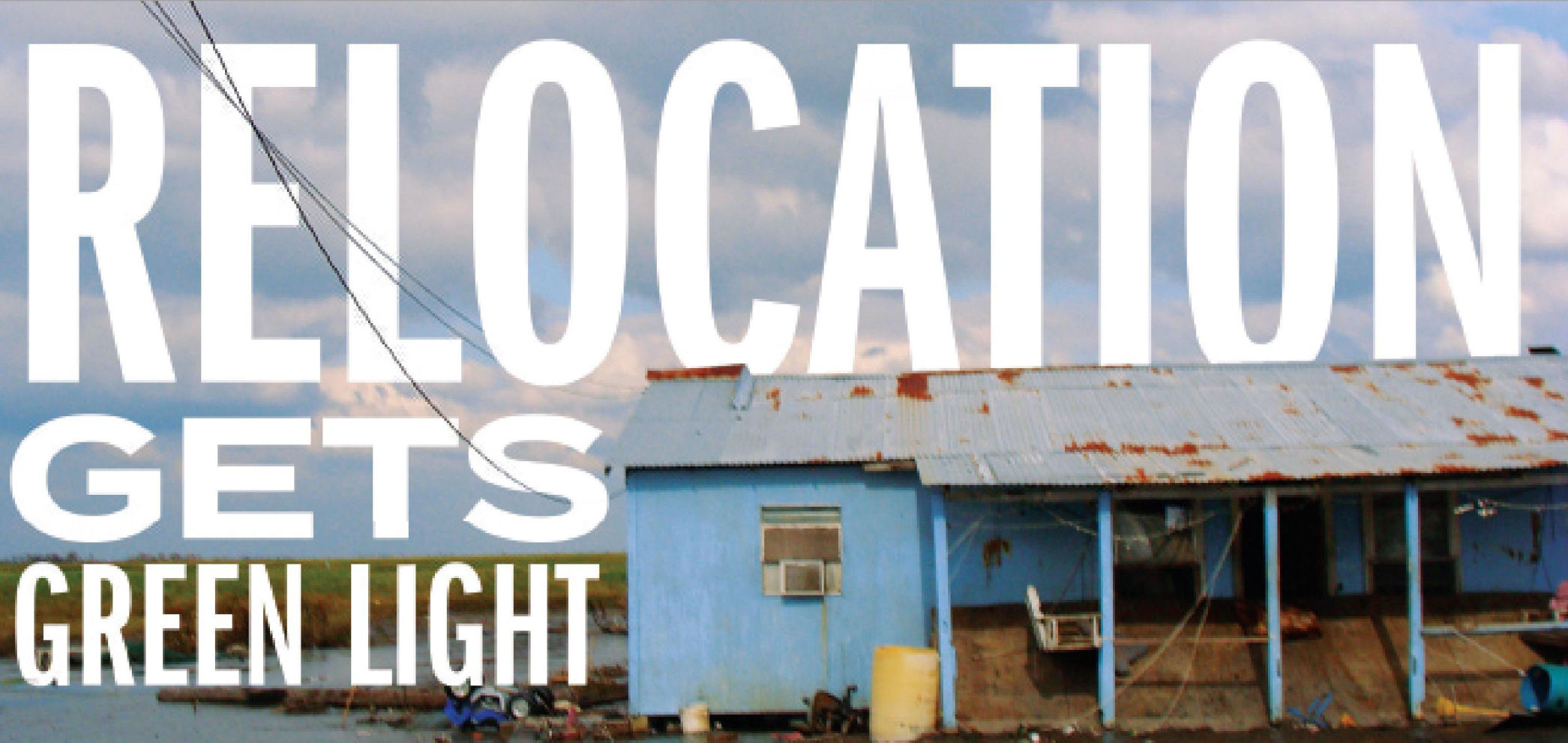
Suspect sought in Mathews department store theft
April 5, 2018
Doris Shelbunre
April 6, 2018Louisiana officials have begun the process of purchasing a 515-acre tract of land near Schriever to aid resettlement of Terrebonne resident a whose community. Isle de Jean Charles, in excluded from a parish-wide levee project, and which is expected to ultimately be inundated by water.
While same owners of property on the island have pressed approval of the 515-acre. $11.7 million purchase of high-ground 1-anrl on their behalf others – especially voices from the wirier scope of Native American people in Terrebonne and rounding parishes, aren’t so sure.
According to the Louisiana Office of Community Development, which announced the purchase progress, it brings the entire project and the Isle de Jean Charles community a step closer “to a resilient and historically contertual resettlement community.”
The resettlement is a federally funded, first-of-its kind initiative to move an entire community of residents from Isle de Jean Charles, which has experienced a 9G percent land loss since 1955 as the result of environ mental change
“The Terrebonne Parish property is the sits preferred by the majority of the residents of Isle de Jean Charles for their new community/Pat Forbes, executive director of the Louisiana Office of Community Development said “This 1b not to say that they want to leave the island, but the island is, in effect, leaving them. Unfortunately, coastal Louisiana is experiencing subsidence, relative sea level rise and coastal land loss faster than anywhere in the country. Fortunately, we re also on the leading edge of resilience-building approaches to adaptation, drawing on innovative science and technology right here in Louisiana.”
With the selection of the site, located about 40 miles north of Isle de Jean Charles, the resettlement now moves toward its development phase’ with groundbreaking anticipated hi early 2019.
“In collaboration with the Isle de Jean Charles residents and the planning team, we will design a new community with, a range of housing, educational and training oppor-
opportunities,” Mat Sanders, OCD resilience policy and program administrator, said. “Although we anticipate this resettlement will serve as a model for other coastal communities facing these same risks, we also know success depends on due consideration of the island’s history, as well as the needs of the residents.”
OCD has hosted four community meetings for current and former residents of Isle de Jean Charles to collaborate on the design of the new community. The discussions included site preferences, budget considerations and off-island housing made available to residents during the transition. In addition, a steering committee composed of residents and other stakeholders meets with the planning team on a monthly basis to review the resettlement’s progress.
The $48.3 million resettlement is administered by the Louisiana Office of Community Development as the recipient of the National Disaster Resilience Competition funded by the U.S. Department of Housing and Urban Development.
Albert Naquin, traditional chief of the Biloxi-Chitimacha-Choctaw Isle de Jean Charles Band, native people who live on the island or have deep roots there, has literally traveled the globe as a poster-person for the effects of climate change. He has shared messages of concern, and has acknowledged that out of sites offered for relocation of his people, the Schriever one works best.
But he has grown weary from years of bureaucracy.
The initial plan with the state, he said, was one he and his people had crafted. But then United Houma Nation — a different organization — sought a voice and was granted one. UNH leaders acknowledge that some members of their tribe live on or conduct trade within the Isle de Jean Charles area.
“I don’t have a voice in this anymore,” Naquin said. “They want everyone off the island so then they can do whatever they want. We had a plan to start building houses ASAP. Now nearly two years and there is no environmental impact study for this site. It’s very upsetting. “We are concerned that this will become low income housing for anybody that has been displaced by hurricanes, there will be integration of the people and then some of the folks from the island say they are not going to be there.”
Kirby Verret, a Native American educator and United Houma Nation elder, questions how it would have been possible for only one tribe to determine the future, but also questions the validity of the project itself.
Many young people, he said, now leave the area altogether for greener fields. The island is considered home by many elder people, who do no wish to leave.
“Why move to farmland when you have lived close to the water all your life,” Verret reasons. “But why even build something? Most of our Indian people did not want to live on a reservation to begin with and the stories of the trail of tears was passed on for generations. I am an heir to property on that island ad related to most of the people there, and there are questions as to what will happen to the island property once the people are maneuvered off the island. Could this be a Sportsman Paradise Development in the future? Sure, the residents have been told they can come,” see” their property after they leave but for how long? No one is willing to answer that question … I would look to spend money on the existing levees around the island or build homes like the Sportsmen’s homes at Southern Comfort in Dulac. This idea does not seem to have been truly looked at on a cost benefit ratio, and if it is built, in less than ten years, it will not be inhabited by Indian.”
Notice Isle de Jean Charles will be able to relocate to this land near Schrlever But some are not eager to move









